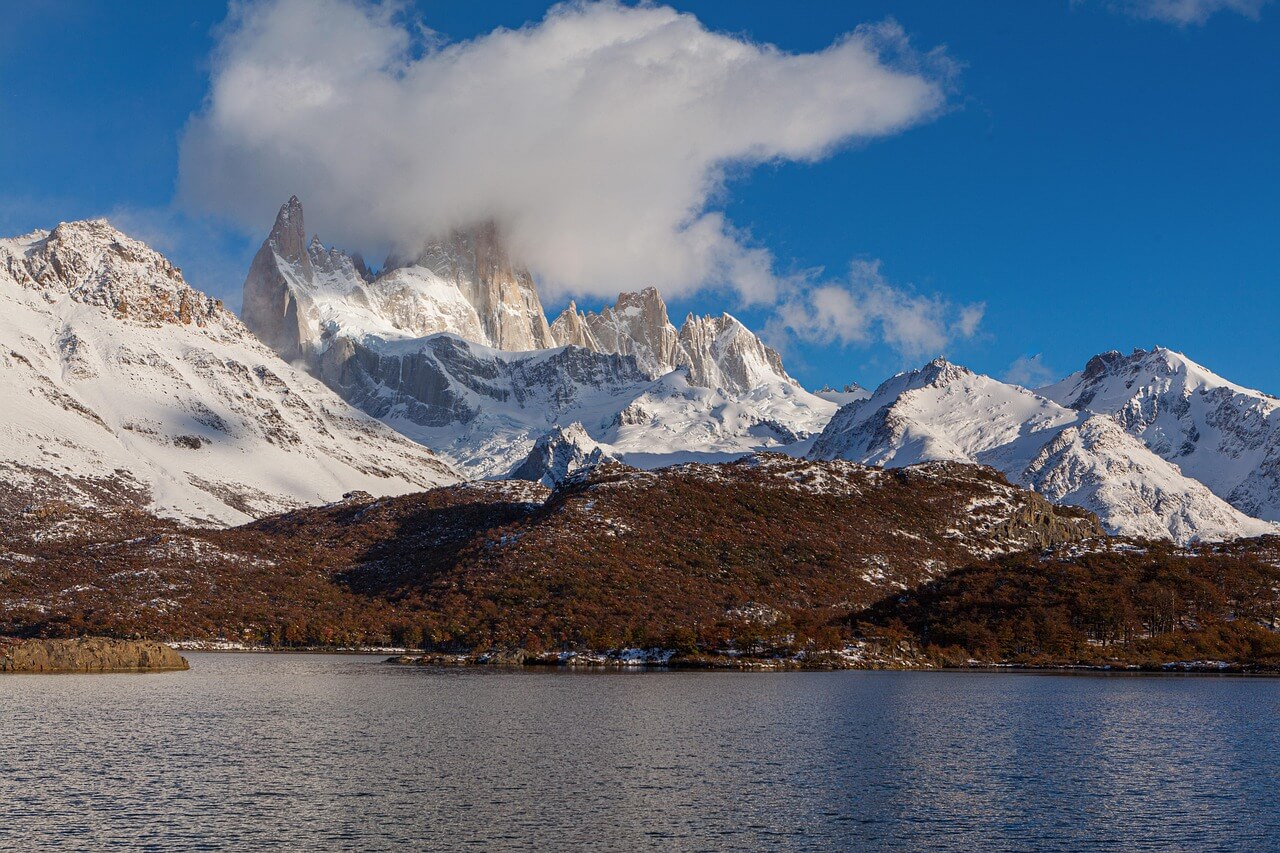When to visit Argentina during the year?
Argentina offers diverse climates and attractions year-round, making it crucial to choose the right season for your visit. The summer months (December to February) are excellent for exploring the stunning landscapes of Patagonia and enjoying the beaches in the north, such as Mar del Plata. In winter (June to August), the ski resorts in the Andes, particularly those near Mendoza, are bustling with visitors. Spring (September to November) showcases blooming flowers, perfect for visits to Buenos Aires and the wine region, while autumn (March to May) is ideal for sightseeing in historical cities like Córdoba. Popular outdoor activities see a spike in peak seasons, attracting more tourists, so early booking is recommended.
How to get to Argentina?
Traveling to Argentina is accessible through various modes of transport. International flights connect major cities globally, while buses and trains offer regional travel options. Whether you're coming from Europe, Asia, Africa, or beyond, getting to Argentina can be an adventure in itself.
- Major international airport: Ministro Pistarini International Airport (EZE) in Buenos Aires serves flights from all continents.
- Airports: New York City (JFK), London (Heathrow), Sydney (Kingsford Smith), and São Paulo (Guarulhos) are some key nodes with direct flights.
- Low-cost airlines: Options like Flybondi and JetSMART operate within South America.
- Flight times: Flight durations vary; for example, it's around 10 hours from New York, 14 hours from London, and 12 hours from Sydney.
- Main stations: Buenos Aires (Retiro Station) connects with all major cities.
- Key routes: Long-distance buses link Argentina with Brazil, Chile, and Uruguay.
- International traffic: Limited, but some services connect to neighboring countries.
- Common routes: Buenos Aires to Cordoba takes about 15 hours.
- Main highways: Ruta 7 is the primary route from Mendoza to Buenos Aires.
- Distances: Buenos Aires is around 1,000 km from Cordoba and 3,000 km from the Chilean border.
- Tolls: Expect tolls on major highways, and road conditions vary with remote areas sometimes having rougher paths.
Tourist activities in Argentina
Accommodation in Argentina
Food in Argentina
Important numbers and information
- Emergency Services: Police - 101, Ambulance - 107, Fire Brigade - 100
- Embassy Contacts: US Embassy in Buenos Aires - Avenida Colombia 4300
- Main Airports: Ministro Pistarini International Airport (EZE), Buenos Aires
- Currency: Argentine Peso (ARS), credit cards accepted widely
- Visa Regime: Tourist visa required for some nationalities; ensure to check your eligibility before arrival








